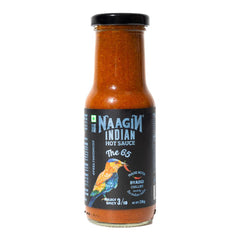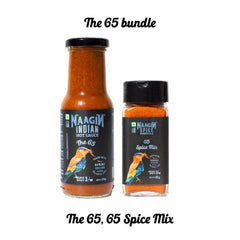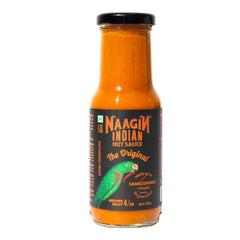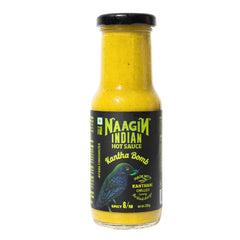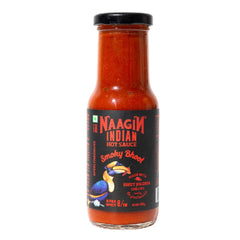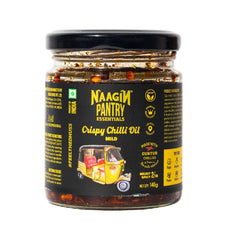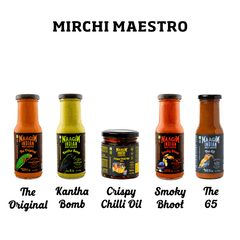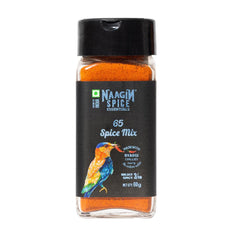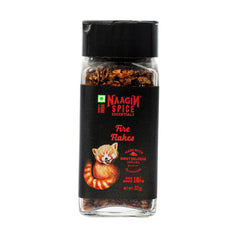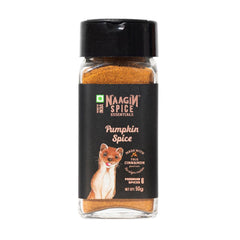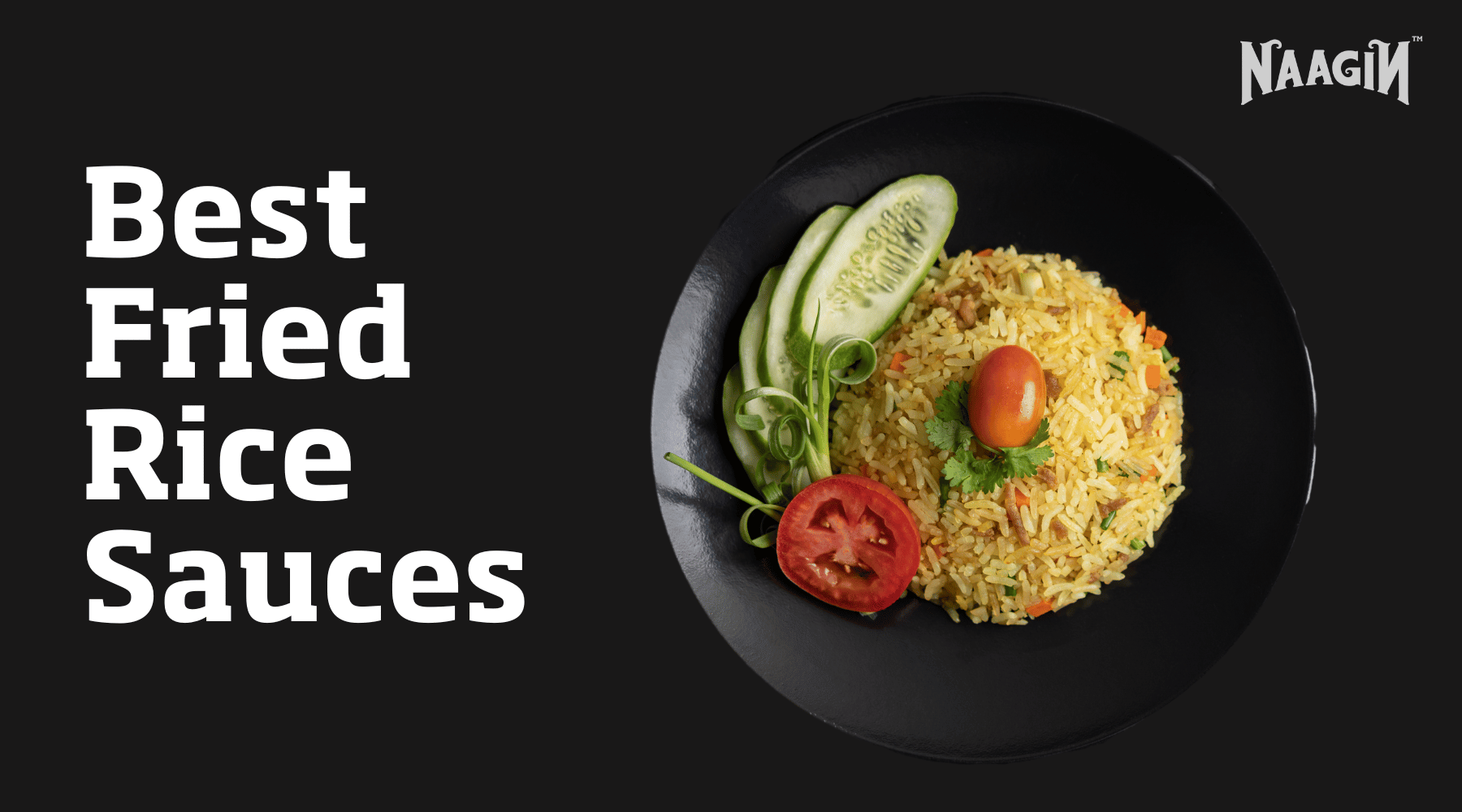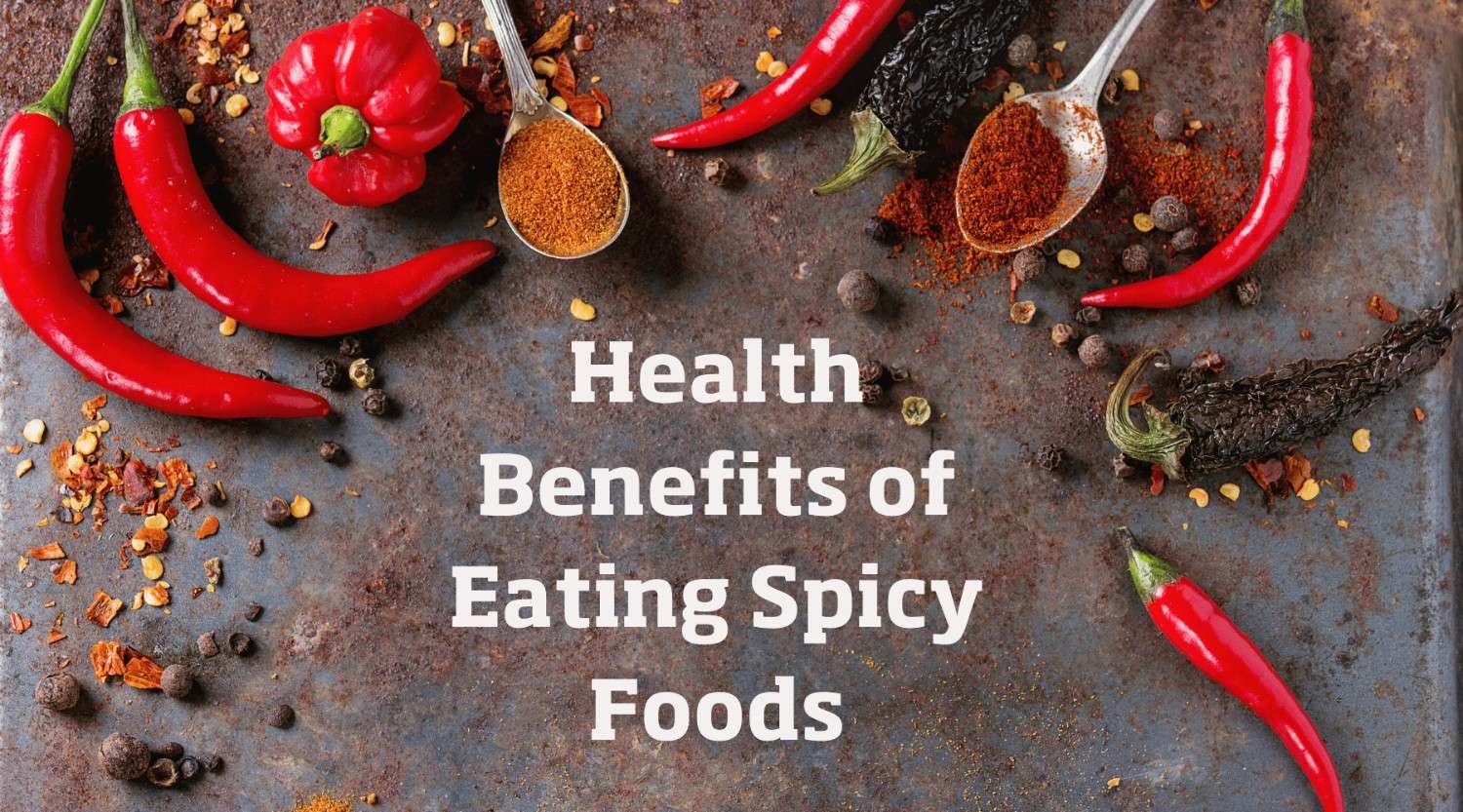
Remember, as with many things when it comes to food, a lot of your selections should come down to your personal preferences.
In this blog post, we will compare pizza sauce versus pasta sauce and outline the key differences between these two sauces.
What is Pizza Sauce?

Pizza sauce is like the secret behind a delicious pizza! It's a smooth, tasty mix of tomatoes with flavours like garlic, onions, and special Italian herbs such as basil and oregano. It serves as the foundation for your preferred pizza toppings and contributes strongly to the overall taste of the pizza.
Pizza sauce is typically made from ripe tomatoes, which are cooked down and blended to create a smooth and thick consistency.
This sauce spreads nicely on the pizza base, making it yummy when it's baked with cheese and other toppings.
What is Pasta Sauce?

Pasta sauce is different from pizza sauce. It can be more complex, incorporating various ingredients like meat (for Bolognese sauce), additional vegetables, cream (for Alfredo sauce), or a variety of herbs and spices, depending on the regional or personal recipe.
Decoding Differences: Pizza Sauce vs. Pasta Sauce
1. Consistency Matters
Pizza Sauce: Typically has a thicker consistency, as it needs to adhere well to the pizza dough without making it soggy. It is spread evenly on the pizza crust before adding toppings.
Pasta Sauce: It can have a more varied consistency, ranging from thinner sauces for coating long pasta like spaghetti to heartier sauces for clinging to shapes like penne or rigatoni.
2. The Flavours at Play:
Pizza Sauce: Often made with a focus on tomatoes, garlic, and basic herbs like basil and oregano. The goal is to provide a robust tomato flavour that complements the pizza toppings. A pinch of chilli flakes adds a unique spicy touch, but Pizza sauces are typically kept simple.
Pasta Sauce: The flavours in (red) pasta sauce are similar to those of Pizza Sauce, but with different combinations. Store-bought versions often come with minor variations, e.g. more olives, mushrooms, spicy, etc.
3. The Seasoning Factor:
Pizza Sauce: Tends to be seasoned more conservatively to allow the flavours of the toppings to shine. Common seasonings include garlic, oregano, and basil.
Pasta Sauce: Can have a more diverse and pronounced flavour profile with a wider range of seasonings. Ingredients like onions, garlic, and various herbs are often used to create a nuanced taste.
Meanwhile, Naagin Pasta Sauce’s unique flavour comes from a special blend of herbs and spices like cumin, coriander, and even a touch of garam masala.
4. Cooking Techniques:
Pizza Sauce: It is usually lightly cooked as it cooks in the oven before making it to anyone’s plate. The focus is on high-quality ingredients and consistency.
Pasta Sauce: Pasta sauces are typically cooked slowly to let the flavours release slowly. But the real magic is after you add the pasta to the pasta sauce. This is when you add a little of your pasta water. This is the most vital step in the process.
Starchy pasta water doesn't just help thin the sauce to the right consistency; it also helps it cling to the pasta better and emulsify with the fat and cheese you're going to be adding.
5. The Homemade Touch:
Market-Bought vs. Homemade: The sauces you buy from stores are convenient, but homemade sauces cooked slowly with fresh ingredients have a richer and more authentic taste. It's like grandma's secret recipe that adds a special touch to your dishes.
This is why Naagin Pizza Sauce and Naagin Pasta Sauce are made in small batches, so we get the proportions just right. Our promise? Give you restaurant-quality sauces with the goodness of homemade techniques.
Final Thoughts
Looking for that authentic, homemade taste in your pasta and pizza sauces? Our sauces might just be your best bet! We've got "Dad's Secret Recipe" for your pasta and "Chef's Secret Recipe" for your pizza. These aren't your run-of-the-mill, store-bought options; they're crafted with the same love and care your grandma put into your food when you were a kid.
Fresh ingredients, slow-cooked to perfection, and bursting with flavour—our sauces bring that homemade essence straight to your table. Give them a try, and let your taste buds experience the magic!
Also Read:
Pizza Sauce Sandwich Recipe
FAQs
Can you use pizza sauce for spaghetti?
Yes, the smooth, aromatic pizza sauce can coat spaghetti noodles. However, the consistency is thinner without chunks of tomatoes. And the bolder seasoning of garlic, oregano, and peppers provides different flavour notes than a typical pasta sauce.
Can you make pizza with pasta sauce?
Using a chunky pasta sauce on pizza is possible but can make spreading evenly over the crust more tricky. And the acidity and sweetness balance is tailored differently in pasta sauces so it impacts the flavour pairing with cheese and crust.
Can pizza sauce be used as a substitute for pasta sauce?
In a pinch, pizza sauce can substitute for pasta sauce thanks to the shared tomato base and herbs. Though some adjustments like adding tomato paste for texture or tweaking flavours with vinegar, herbs and spices can give it that personal touch you want.


